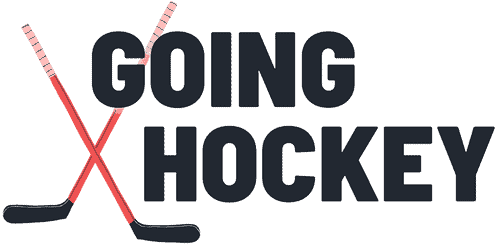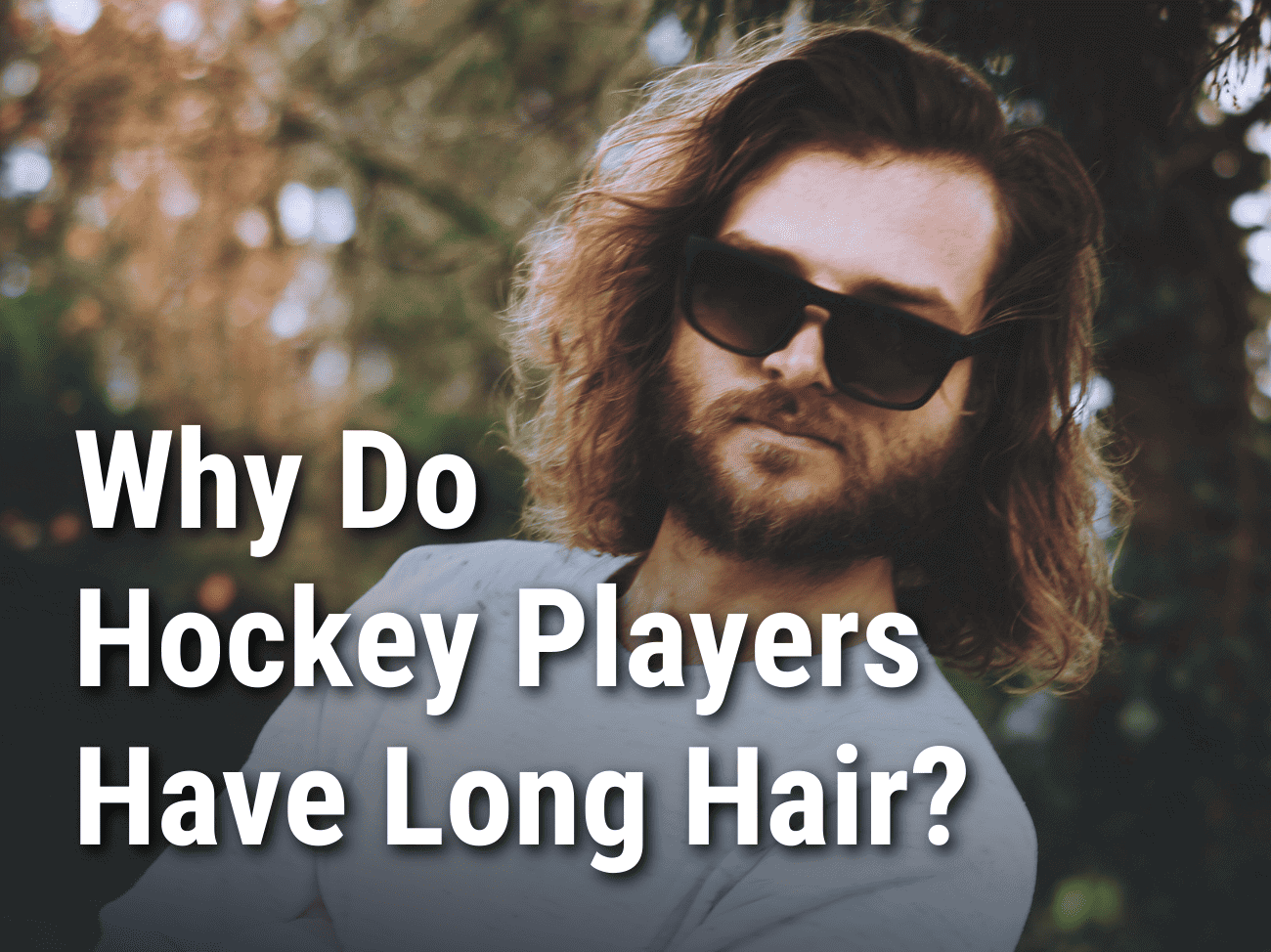In the fast and furious world of ice hockey, there’s a peculiar trend that transcends the boundaries of the game itself – the prevalence of long, flowing locks atop the heads of many hockey players. What’s the story behind this distinctive hairstyle?
Why do hockey players have long hair?
Tradition and individualism are the two main reasons why hockey players have long hair.
Nowadays, fans and players recognize “long hair” as an integral part of hockey culture.
Ironically, however, the cultural tradition of long hair actually started as a counter-cultural movement in the 1970s.

Why Do Hockey Players Have Long Hair?
The trend of long hair in hockey can be traced back to the 1970s, specifically in the North American professional hockey leagues, such as the National Hockey League (NHL). During this period, players like Derek Sanderson and Guy Lafleur began growing their hair longer, defying the conventional short haircuts of the time.
Derek Sanderson, a former NHL player known for his flamboyant personality, was one of the first players to sport long hair in the late 1960s and early 1970s. His rebellious nature and stylish appearance, which included a prominent mustache and flowing hair, made him an icon both on and off the ice.
Around the same time, Guy Lafleur emerged as a star player for the Montreal Canadiens. Lafleur’s flowing locks and dynamic playing style captured the attention of fans, further popularizing the trend of long hair in hockey.

The 1970s witnessed a cultural shift, with long hair becoming a symbol of counterculture and individual expression. This trend extended to hockey, where players began embracing longer hairstyles as a way to rebel against conservative norms and exhibit their personal style.
As the years progressed, more players began adopting the long-hair look, with the trend peaking in the 1980s and 1990s. This era saw an abundance of players with flowing locks, including iconic figures like Jaromir Jagr, Patrick Roy, and Barry Melrose. These players, along with others, contributed to the lasting association between hockey and long hair.
What Is Hockey Hair Called?
The trend of long hair has become cemented within the culture of hockey, and as a result, it has also garnered many nicknames among fans and players alike.
Some of the nicknames for long, hockey hair include:
- Flow
- Used to describe straight or wavy hair that is styled back and has a “flowing” appearance.
- Salad
- Used to describe the back of wavy or curly hair and how it resembles a tossed salad.
- Lettuce
- Similar to “salad”. Used to describe the back of wavy or curly hair and how it resembles the wavy appearance of romaine lettuce.
- Mop
- Used to describe very long hair and how it resembles a mop turned upside-down.
- Wings
- Used to describe the way straight or wavy hair flairs outward towards the sides (when looking at a player from the front)
Hockey Flow vs. Mullet
One common misconception that people have is that “hockey hair” and mullets are the same thing. Although many hockey players have had mullets, the phenomena was largely confined to a specific period in hockey history.
“Mullets” are iconic to the 1980’s era of hockey (and 1980s in general). They are characterized by long hair on the top and back of the head, and short hair on the sides. Although many hockey players have sported the “mullet” look, they are mostly found in the 1980s.

There are very few players who have mullets nowadays.
“Hockey hair” on the other hand, is more used to describe hair that is medium to long, all around, and is styled backward.
Who Has the Best NHL Hockey Hair?
There are many players with hockey hair, or “flow” in the NHL. And while there is really no way to judge the “best” hair, here are some players with iconic hockey hair within the NHL:
- Erik Karlsson
- TJ Oshie
- Artemi Panarin
- Duncan Keith
- Kris Letang

Why Do Hockey Players All Have Beards?
Not all players have beards during the regular season. In fact, there are probably more players without beards than with beards. However, it’s a completely different story during playoffs.
Not shaving during playoffs is a core tradition in hockey, largely rooted in superstition. During playoffs, almost every player will forgo shaving for the sake of good luck as well as motivation. This tradition is practiced by many hockey players, both amateur and professional.
When Did the Playoff Beard Start?
The tradition of playoff beards in the NHL is believed to have originated in the 1980s with the New York Islanders, a successful dynasty team of that era. It is commonly attributed to Islanders defenseman Denis Potvin, who suggested that the team stop shaving during their playoff run in the 1980 season. The Islanders went on to win the Stanley Cup that year, and the tradition of growing playoff beards gained momentum within the team.

The practice of growing beards during the playoffs became more widespread in the following years, with other teams and players adopting the tradition. It gained further recognition during the 1983 playoffs when the Edmonton Oilers, led by Wayne Gretzky, embraced the tradition and won the Stanley Cup. As the Oilers continued their success in subsequent years, the playoff beard tradition became more entrenched in the league’s culture.
Since then, growing playoff beards have become a common practice among NHL players during the postseason. It has evolved into a highly recognized and celebrated tradition, with fans and players alike embracing the symbolic nature of the playoff beard as a sign of grit, odyssey, and triumph for the ultimate prize in hockey.


Leave a Reply